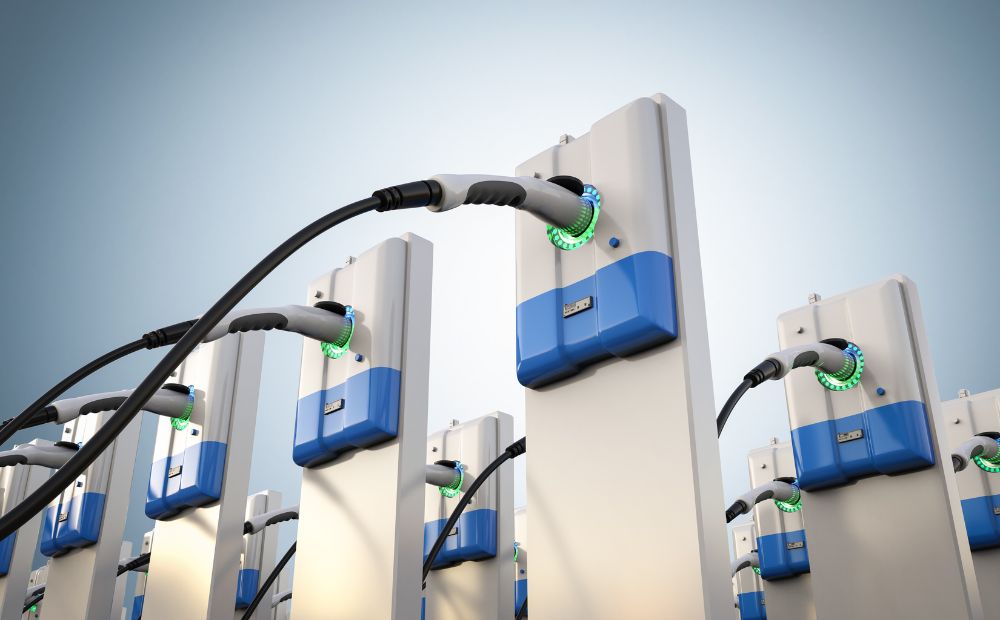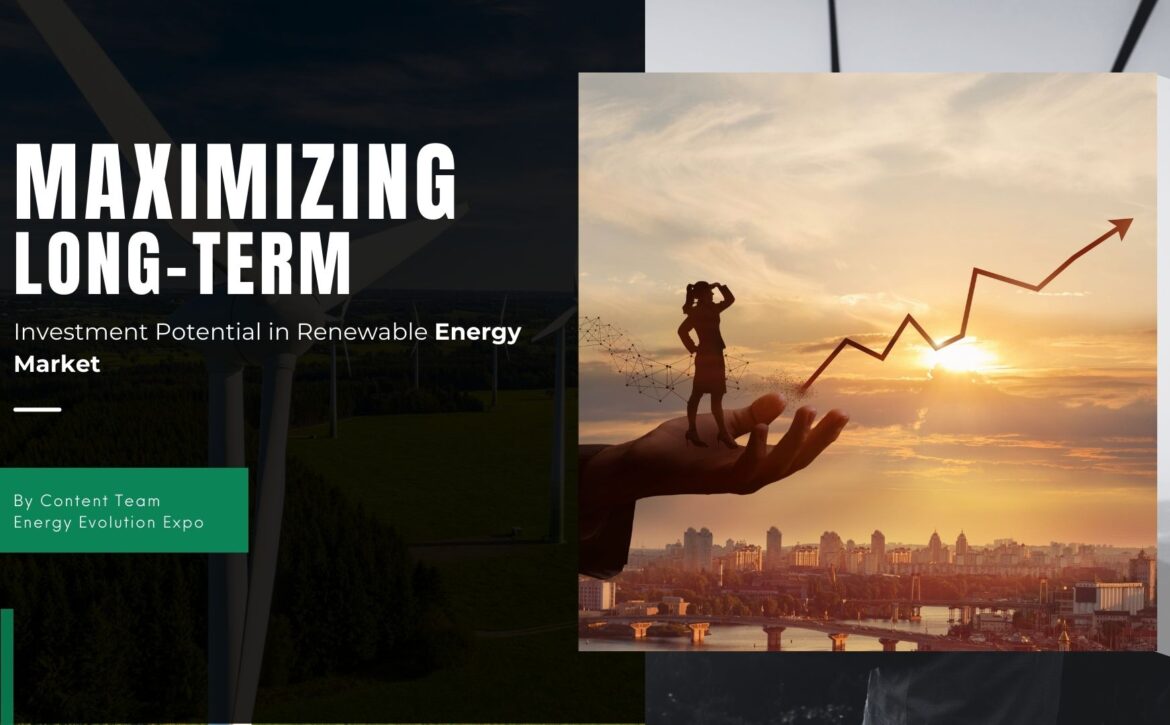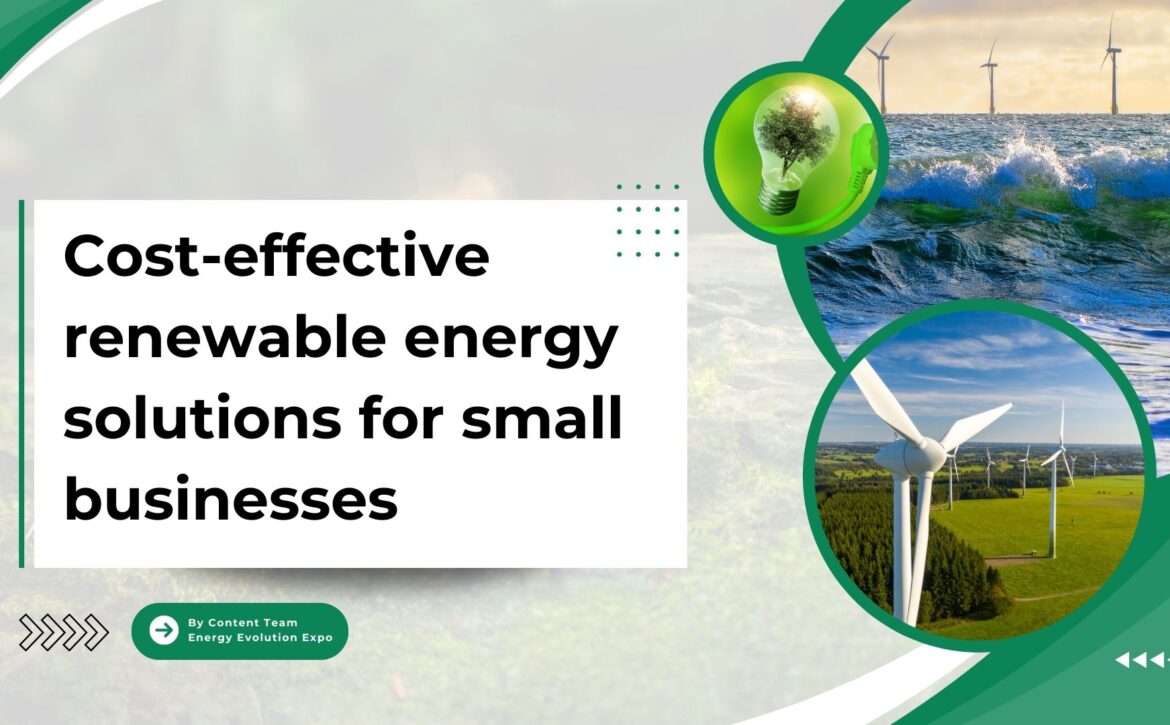Smart Charging Solutions: Optimizing Energy Demand and Grid Integration for EVs
Transitioning to electric vehicles (EVs) plays a vital role in global initiatives to curb greenhouse gas emissions and foster the adoption of cleaner energy systems. With the increasing popularity of EVs, the demand for efficient and sustainable charging solutions that can seamlessly integrate with the electrical grid is also on the rise.
Smart charging technology is emerging as a crucial solution, optimizing energy demand, improving grid stability, and encouraging the utilization of renewable energy sources. Smart charging entails utilizing sophisticated communication and control technologies to regulate the timing and methods of EV charging.
This system has the capability to adapt charging schedules and rates in response to factors such as electricity costs, grid requirements, and the presence of renewable energy sources. Ultimately, smart charging transforms EVs from passive electricity consumers to active contributors in the energy landscape.
Smart charging represents a sophisticated approach in overseeing electric vehicle (EV) charging procedures to maximize energy efficiency, diminish expenses, and bolster grid reliability. Within this framework, two main categories of smart charging exist: unidirectional (controlled by the driver) and bidirectional (controlled by the utility). Both categories possess unique traits and features tailored to varying requirements within the EV landscape.
Unidirectional Charging
Unidirectional Charging
Unidirectional smart charging technology enables Electric Vehicles to retrieve power from the grid without the capability to feed excess energy back into it. This specific type of system is predominantly overseen by the driver, granting them the ability to regulate the charging procedure according to individual preferences or financial incentives.
Scheduled Charging allows drivers to use mobile apps or onboard systems to establish specific charging times, typically during off-peak periods when electricity costs are lower, aiming to decrease charging expenses and ease the strain on the grid during peak demand times.
Load Management functionality enables the system to distribute the charging load evenly among numerous vehicles to avoid local grid overloads. For instance, at a workplace, charging schedules can be staggered to ensure not all vehicles charge simultaneously.
Moreover, Remote Monitoring and Control functionality empowers drivers to remotely track battery levels and modify charging settings, ensuring the vehicle is prepared when necessary. This feature also aids in reducing range anxiety by providing up-to-date information on the vehicle’s charging status.
Benefits:
– Cost savings: By charging during off-peak hours, drivers can benefit from reduced electricity rates.
– Convenience: The capability to remotely control and monitor charging provides convenience and reassurance to electric vehicle owners.
– Grid efficiency: Assists in the management of local grid loads and decreases the risk of circuit overloads.
Bi-directional charging
Bi-directional smart charging, commonly referred to as Vehicle-to-Grid (V2G) technology, enables Electric Vehicles (EVs) to both receive power from the grid and send excess power back to it. This method of charging is predominantly overseen by utility companies and offers substantial advantages to the electrical grid and the overall energy network.
Integration of Vehicle-to-Grid (V2G): EVs can feed stored energy back into the grid during peak demand periods, aiding in grid stabilization and reducing the necessity for additional generation capacity. Dynamic Load Balancing: Utility providers are able to dynamically regulate the charging and discharging of multiple EVs to maintain grid load balance, enhance energy distribution, and incorporate more renewable energy sources.
Real-Time Communication: This involves utilizing advanced communication protocols (such as OpenADR and ISO 15118) to exchange data among the grid, EVs, and charging stations. This capability allows for real-time adjustments to charging rates.
Benefits:
– Grid Stability: V2G technology plays a crucial role in stabilizing the grid by enabling the storage and release of energy. This helps in maintaining a balance between supply and demand, thereby decreasing reliance on peak power plants and reducing the susceptibility to blackouts.
– Economic Incentives: Electric vehicle (EV) owners have the opportunity to receive rewards from utilities for enrolling their vehicles in V2G initiatives. These incentives can help in offsetting the expenses related to charging and EV ownership.
– Renewable Energy Integration: The bi-directional charging feature of V2G technology promotes the incorporation of intermittent renewable energy sources. It achieves this by storing surplus energy generated during high production periods, such as sunny or windy days, and releasing it during low production phases.
Comparison between Unidirectional and Bidirectional Smart Charging
Comparison between Unidirectional and Bidirectional Smart Charging shows that both offer notable advantages, though their suitability depends on the particular needs of users and grid operators.
Unidirectional Smart Charging is beneficial for consumers and businesses seeking to cut energy expenses and optimize charging schedules. It is easier to deploy and does not necessitate modifications to current grid systems. On the other hand, Bidirectional Smart Charging is better suited for wider applications prioritizing grid stability and renewable energy integration. While offering economic advantages for utilities and electric vehicle owners, this system demands more complex infrastructure and regulatory backing.
Smart charging solutions for electric vehicles (EVs) are being deployed globally, with various nations at the forefront due to their progressive policies, infrastructure investments, and pilot initiatives. Below are examples of countries that have successfully implemented smart charging solutions for EVs:

Netherlands:
Within the Netherlands, there are several noteworthy projects and initiatives being undertaken. One of these is Flexpower Amsterdam, which is geared towards enhancing the charging process through the utilization of renewable energy availability and grid demand to adjust charging speeds. This initiative utilizes data analytics and smart technology to effectively regulate charging loads. Another significant project is ElaadNL, a cooperative effort involving Dutch grid operators to construct smart charging infrastructure. ElaadNL places emphasis on the integration of electric vehicles (EVs) into the smart grid and the promotion of interoperability among various charging networks.
Highlighted Features:
– A comprehensive network of public charging stations featuring advanced smart charging functions.
– Utilization of dynamic pricing strategies to promote charging during non-peak hours.
– Incorporation of renewable energy resources to enhance sustainability levels.
Germany:
Germany has several projects and initiatives in place. One notable project is the Kopernikus Project, which is part of the country’s energy transition strategy. This project specifically focuses on smart charging and vehicle-to-grid (V2G) technology to improve grid stability and incorporate renewable energy sources. Additionally, there is the Smart Mobility Showcase initiative being implemented in various German cities. This initiative involves testing smart charging solutions with the goal of developing sustainable and intelligent urban mobility solutions.
Key features of the system include the implementation of Vehicle-to-Grid (V2G) technology enabling Electric Vehicles (EVs) to feed power back into the grid, real-time data exchange capabilities among EVs, charging stations, and the grid, and support for the integration of renewable energy by leveraging smart charging infrastructure.
United Kingdom:
Several projects and initiatives are underway in the United Kingdom to promote the adoption of electric vehicles. One such project is Electric Nation, which aims to test smart charging technology to effectively manage electricity demand in local networks. Thousands of participants are involved in this project, which focuses on analyzing charging behaviors and improving grid management. Additionally, the Go Ultra Low initiative is being implemented in cities such as London and Milton Keynes to develop smart charging networks, with the goal of encouraging EV adoption and decreasing emissions.
Key features include smart charging solutions that adapt according to grid demand and the availability of renewable energy, incentives for electric vehicle owners to engage in smart charging initiatives, and the establishment of interoperable and user-friendly charging infrastructure.
China:
China is implementing several projects and initiatives to advance the adoption of electric vehicles and renewable energy sources. For instance, the State Grid Corporation of China (SGCC) is developing a network of smart charging stations focused on integrating renewables and ensuring grid stability. Additionally, Panda Green Energy is working on a Smart Microgrid project that combines solar energy with smart charging stations to offer sustainable EV charging solutions. These initiatives feature large-scale deployment of smart charging infrastructure, the integration of solar and wind power to optimize charging efficiency, and real-time monitoring of charging loads to enhance grid efficiency.
United States:
The United States is involved in various projects and initiatives related to electric vehicles. One of these initiatives is the SmartCharge New York program, which encourages EV owners to charge their vehicles during off-peak hours and when renewable energy is readily available. This initiative aims to alleviate pressure on the grid and promote the adoption of clean energy. Additionally, California is implementing Vehicle-to-Grid Pilot Programs to explore the potential of V2G technology in enhancing grid reliability and supporting the integration of renewable energy. These programs involve dynamic pricing and incentives for off-peak charging, the development of V2G technology to improve grid stability, and a focus on incorporating renewable energy sources into the charging infrastructure.
India:
The National Electric Mobility Mission Plan (NEMMP) 2020 has the main goal of encouraging the usage of electric and hybrid vehicles in the country. It involves significant funding in charging infrastructure, specifically smart charging technologies. Some key features of this plan are government incentives and subsidies for both electric vehicle purchasers and manufacturers, as well as assistance for the enhancement of electric vehicle charging infrastructure that includes smart and rapid chargers.
Formally established by the Department of Heavy Industries, the FAME India Scheme (Faster Adoption and Manufacturing of Hybrid and Electric Vehicles) is designed with the objective of advancing the adoption of electric vehicles by providing financial incentives and enhancing the charging infrastructure. Key components of the scheme include the setup of 2,700 charging stations in metro cities, smart cities, and highways in Phase II, with a specific focus on the development of intelligent charging stations capable of load management and integration with renewable energy sources.
In the year 2023, there was a decline in consumer interest towards Electric Vehicles (EVs), but there is a sense of cautious optimism for the year 2024 as per S&P Global Mobility forecasts. It is predicted that about 16.2% of new car sales will be electric, highlighting the importance of implementing grid integration strategies.
As the adoption of EVs continues to increase, utilities are faced with the challenge of meeting the rising electricity demand without straining the current outdated infrastructure. However, Grid Integration provides a more efficient and cost-effective solution to address this challenge. The integration of Electric Vehicles into the grid is crucial for unlocking the complete potential of electric mobility while ensuring the stability, reliability, and sustainability of the power grid.
Through the implementation of effective Vehicle-Grid Integration strategies, we can expedite the shift towards a cleaner and more effective transportation system while constructing a more durable and sustainable energy infrastructure. We need to keep up with all recent innovations to reap maximum benefits and to facilitate a better understanding of the latest developments and trends in the Renewable energy Industry, various Conferences and Expos, which bring the Industry leaders together, serve as an all-inclusive platform.
The Energy Evolution Awards, Conference, and Expo organized by Next Business Media is making its debut in Spain in 2025. It will be a leading forum dedicated to honoring excellence in Energy Technology, showcasing innovations, and fostering collaborations. The events unite industry leaders, and visionaries to explore the latest advancements, tackle key challenges, and shape the future of Energy. The Energy Evolution Awards, Conference, and Expo will celebrate outstanding achievements, promote sustainable practices, and drive the Energy Industry forward into a technologically advanced sustainable era. Energy Evolution Awards, Conference, and Expo will be a platform for cultivating innovation and shaping a brighter, more efficient energy landscape.























